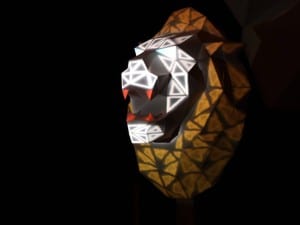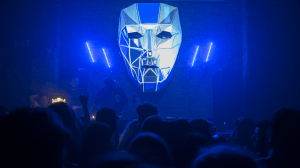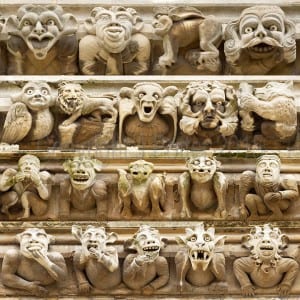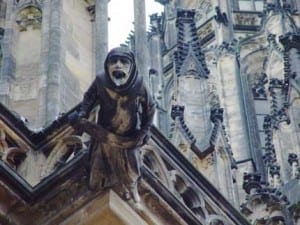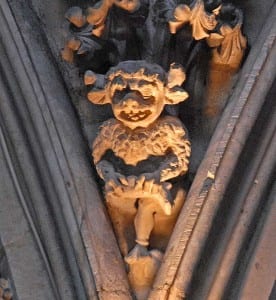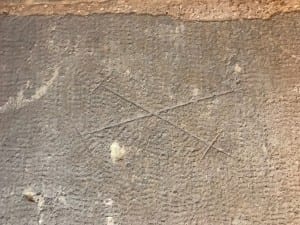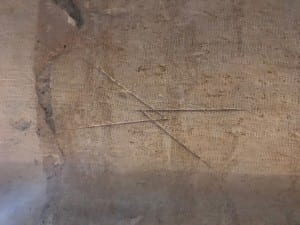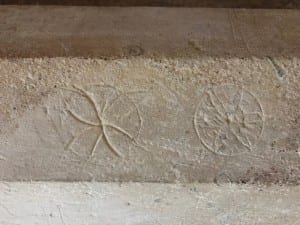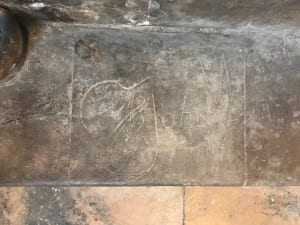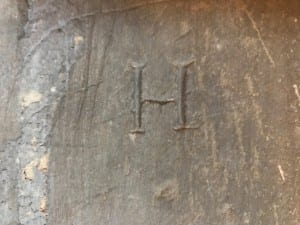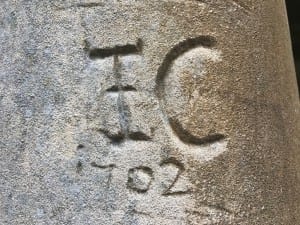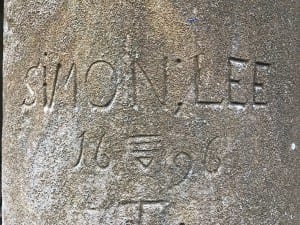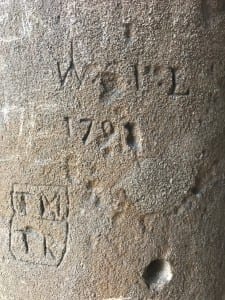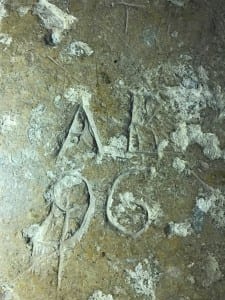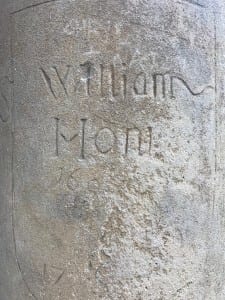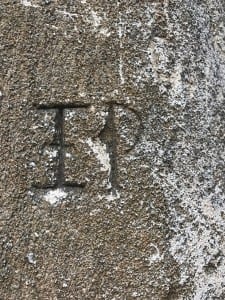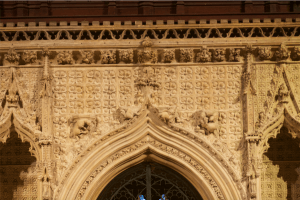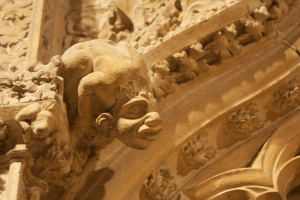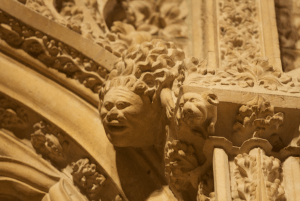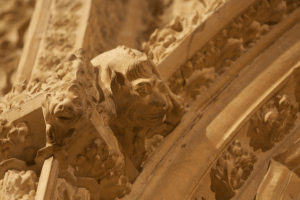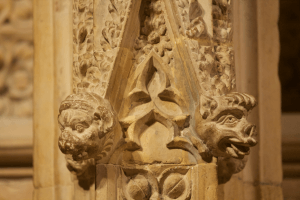Before goes into the detailed technical part, there are some interactive art exhibition attract my eyes.
http://www.computerworld.com/article/2473016/computer-hardware/90160-tk.html#slide2
Art that scans
His exhibition at Venice’s 2012 Architecture Biennale covers the Russian Pavilion with oversized QR codes. Visitors pick up tablets on the way in and point them at the lighted codes on the walls, floors and ceilings to call up information about Skolkovo, the high-tech city that’s being built outside Moscow.
Part art, part publicity stunt, the codes bring up maps of the planned city, project details and even the weather — but their lighting and placement in the pavilion’s 1913 architecture makes them strangely beautiful in their own right.
http://www.speech.su/projects/design/476-digital-universe.html
HeavyM:
Mostly geometrical style of art pieces, while video insert is doable.
MadMapper:
This software is more professional and with more possible options, structure mapping, multiple video presenting, and motion tracking etc.
3D software:
C4D: Easy to learn and most importantly it integrates well with adobe after effects.
Blender: Easy to learn as well. “Blender is likely more advantageous for render-farms if you choose to have your own. No need for extra licensing on multiple machines.”
https://www.reddit.com/r/blender/comments/2jytau/blender_vs_cinema_4d/
https://forum.unity3d.com/threads/cinema-4d-or-blender.68857/
Blender has the great “Skeletal system” much easy for animation. As well as the UV of blender is public recognised as human friendly system. The most importantly, “Blender is the world’s first application of node synthesis software, the idea of the node even led the Max to join a similar function.” and so far so on.
https://www.zhihu.com/question/21975571
